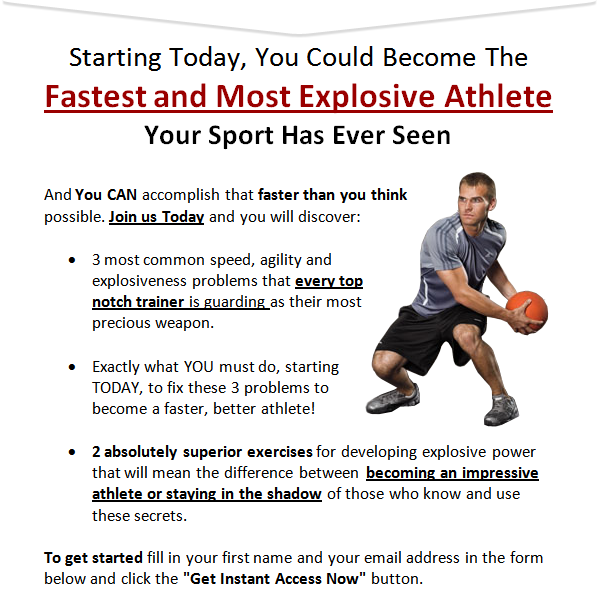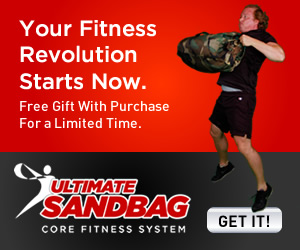Too often I see people in the gym performing crunch after crunch in the quest for a six pack or toned midsection. Studies have proven this to be dangerous for the spine and an ineffective way to train the core. The core’s main function is to stabilize or prevent movement. This is not to say that flexion or extension should be totally neglected because you do need to have this type of core strength especially if you are a sports person.
Some Exercises to Avoid:
The Crunch
The only time we really perform a crunch is when we get out of bed in the morning. Stuart McGill who is a professor of spine bio mechanics at the University of Waterloo is of the opinion that the traditional sit ups cause damage to your inter-vertebral discs. His advice to avoid crunches and similar types of exercises that induce flexion makes sense and is backed up by some solid research. McGill states, “The traditional sit-up imposes approximately 3300 N or about 730 pounds of compression on the spine.” It is crazy to think that so many people seem to think that doing 500 or more crunches a day may get them six-pack abs. This equates to around 1650,000 N or 365,000lbs of pressure on your spine and discs every time you do this many crunches. “The National Institute of Occupational Safety and Health has set the action limit for low back compression at 3300 N. Repetitive loading about this level is linked with higher injury rates in workers, yet this is imposed on the spine with each repetition of the sit-up!” (McGill, 88)
Back Extensions
These types of exercises have also produced alarming spinal compression. For example performing back extensions on the roman chair as pictured below produces over 4000 N or about 890lbs of compression on the spine every repetition (McGill 91). In addition, there are many exercises performed on the floor lying on the stomach where some combination of the arms and legs are raised, or the entire torso is lifted off the ground. These types of exercises impose up to 6000 N or over 1300lbs of spinal load and compression (McGill, 91). These exercises are referred to as the “superman”, “opposite arm opposite leg raise”, “prone cobra”, etc. I would suggest you avoid these exercises if you can.
How to effectively Train the Core
A good abdominal or core program should include a lot of isometric exercises like front planks and side planks. Why you may ask? Well, one of the major functions of the core is to prevent motion. What does that mean? It means that our abdominal muscles are great stabilizers so it is vital we work on improving our core stability and not focus so much on flexion and extension. I think my favorite explanation of the core and its function comes from Dr. Shirley Sahrmann, DPT, and her textbook Diagnoses and Treatment of Movement Impairment Syndromes. In her book she states, “The most important aspect of abdominal muscle performance is obtaining the control that is necessary to 1) appropriately stabilize the spine, 2) maintain optimal alignment and movement relationships between the pelvis and spine, and 3) prevent excessive stress and compensatory motions of the pelvis during movements of the extremities.” (Sahrmann, 69)
What about Flexion?
The straight leg sit-up is an exercise taken from Sahrmann’s book and is strongly recommended by several elite strength and conditioning coaches. Mike Boyle is a strong believer in it and he includes this exercise in many of his programs at MBSC. He said at a recent seminar, “It is a good way to train spinal flexion with minimal reps and spinal loading while still working hard. By taking an exercise that is tough to do we can work the abs while minimizing the spinal loading and reps performed.”
Do you want to get six-pack abs?
The simplest way I can put this is that if you want a six pack then you need to improve your diet and train harder. Include some strength training, HIT (High Intensity Training) and some HIIT (High Intensity Interval Training) to your program.
What is the fastest way to get them?
Healthy Eating + Core Training + Strength Training + HIIT = Fat Loss and 6 Pack Abs
Core Training Exercise Tips
Avoid thousands of crunches and any type of back extension where possible and try to work the core as it was meant to function. To start off with perform front planks, side planks, cable or resistance band chops and anti-extension exercises. Once you have mastered these make sure there is a progression to make the exercises more challenging for the core.
Core Exercises & Progressions:
Front Plank & Side Plank
A well performed plank looks the same as the person standing up in terms of their posture. Perform these in repetitions. I like 30 second holds with a short break in between sets. Progress to feet elevated planks, side elevated planks, plank rows and side plank rows.
Rollouts
Stability Ball:
The Stability Ball is like a big wheel. The bigger the ball the easier it is to do. It is essential that everyone starts their rollout progression with a stability ball.
Ab Dolly:
Ab Dollies are a bit expensive but make a nice transition to the wheel. Progressions keep athletes healthy and are therefore worth it. The Ab Dolly makes the transition from the stability ball to the wheel much easier. It’s a physics thing. The Ab Dolly allows the user to be on the elbows first to get a short lever roll-out.
Ab Wheel:
If you bought an Ab Dolly you really don’t need an ab wheel. Simply grasp the sides of the Ab Dolly with your hands to lengthen the lever. The wheel is slightly better as you get better diagonals when you get more advanced. The key is that the moving piece is now a full arms length away.
TRX:
One of the many exercises that can be performed with this suspension trainer is the rollout. It is made harder by lengthening the levers.
Slideboard:
The slideboard adds a frictional component as body weight creates drag. This again makes the exercise harder, particularly the concentric or return portion as you actually have to pull yourself back in.
N.B you may want to add a weighted vest to any of the above core exercises to increase the load and make it more difficult.
Carries
Asymmetrical farmers walks’ are a good addition to any core program. Try the suitcase carry, where you carry a dumbbell or kettlebell in one hand and walk with it. This creates a core and hip stability effect at the same time. You can also have two different weights in either hand e.g. 36 kg kettlebell one side, 20 kg kettlebell other side. The next progression could be the Waders Carry which is an asymmetrical loading of hip to opposite side shoulder. Only perform these if you have an athlete with healthy shoulder mobility.
Push-Pull
Ideally this exercise is done with a cable column but can be done with resistance bands. Have both knees on the ground (tall kneel position) and keep shoulder still while firing the glutes in the movement.
Torsanotor/ Extreme Core Trainer
This is an anti rotational exercise that can be done on your knees with a shorter bar or on your feet with a longer bar. It is a progression of the anti-rotation press which is also known as the Pallof Press.





